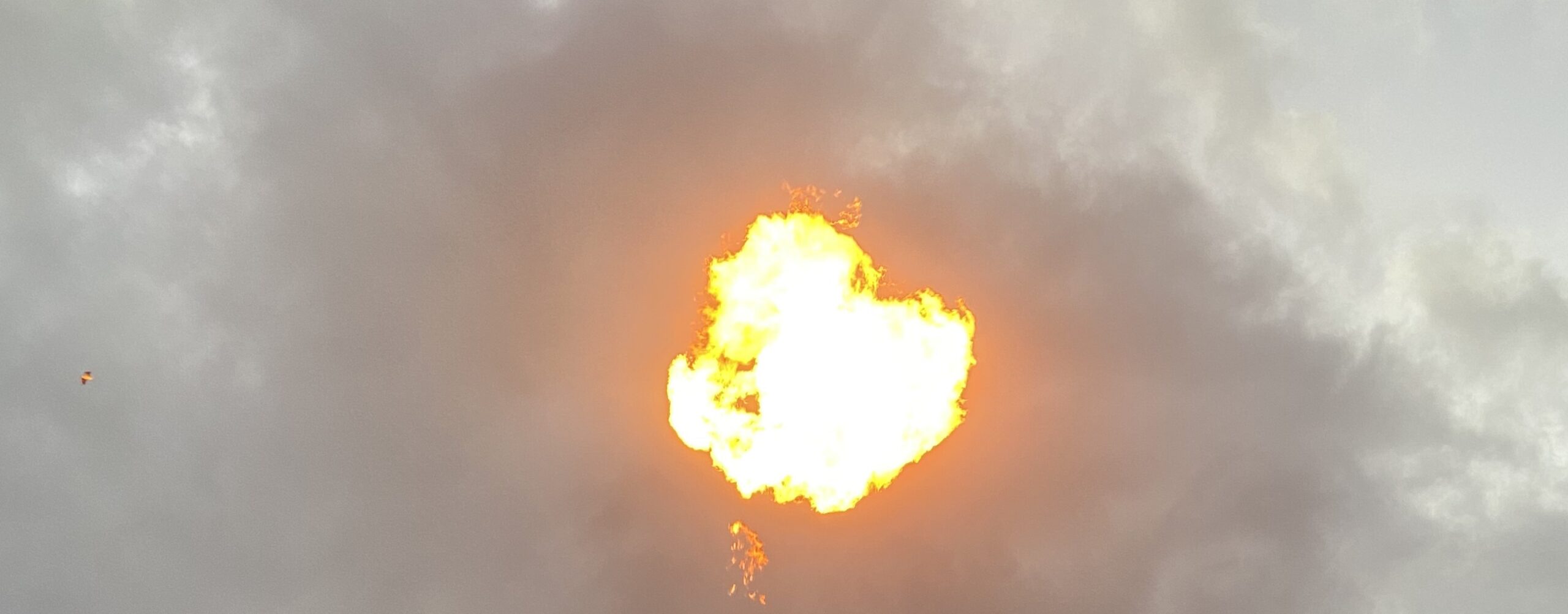in recent years, exacerbated by factors such as climate change and land management practices. These fires not only pose a direct threat to human lives and property but can also have far-reaching consequences on public health. One concerning aspect is the impact of wildfires on the symptoms and spread of COVID-19, a global pandemic that has already strained healthcare systems worldwide. This essay explores how wildfires can exacerbate the symptoms of COVID-19.
- Air Quality:
Wildfires release vast amounts of smoke, particulate matter, and harmful gases into the atmosphere. These pollutants can degrade air quality, making it difficult for individuals to breathe. Poor air quality has adverse effects on respiratory health, especially for people with pre-existing conditions like asthma, chronic obstructive pulmonary disease (COPD), and cardiovascular disease. This diminished lung function can worsen COVID-19 symptoms, which primarily affect the respiratory system. Individuals exposed to wildfire smoke may experience more severe coughing, shortness of breath, and a heightened vulnerability to respiratory infections, including COVID-19.
- Weakened Immune Response:
Wildfire smoke exposure can weaken the immune system. The body’s ability to fight off infections, including viral ones like COVID-19, may be compromised. Smoke particles and toxic chemicals from wildfires may inflame the airways and cause oxidative stress, further diminishing the body’s defenses. This weakened immune response increases the likelihood of severe COVID-19 symptoms and complications.
- Overburdened Healthcare Systems:
Wildfires necessitate evacuation efforts, temporary shelters, and medical attention for injuries and smoke-related illnesses. During a wildfire crisis, healthcare systems often become overwhelmed, making it challenging to provide adequate care to both wildfire victims and COVID-19 patients. Hospitals may reach capacity, and medical professionals can face resource shortages, making it difficult to manage a surge in COVID-19 cases.
- Behavioral Factors:
Wildfires can disrupt daily life, leading to people congregating in shelters or crowded evacuation centers. The challenges of social distancing, mask-wearing, and maintaining good hand hygiene become even more complex during these crises. Increased close contact and less compliance with COVID-19 preventive measures in these crowded settings can facilitate the spread of the virus.
- Psychological Stress:
Wildfires cause substantial psychological stress for affected communities. The combination of losing homes, livelihoods, and witnessing the destruction of the environment can lead to increased anxiety, depression, and trauma. Stress weakens the immune system and can make individuals more susceptible to respiratory infections like COVID-19. Moreover, mental health issues can hinder people’s ability to adhere to COVID-19 preventive measures and guidelines.Conclusion:Wildfires and COVID-19 present a dangerous synergy, with wildfires exacerbating the symptoms and spread of the virus. These catastrophic events combine to create a perfect storm of compromised air quality, weakened immune systems, overburdened healthcare systems, and behavioral and psychological factors that hinder the fight against COVID-19. As climate change continues to fuel the frequency and intensity of wildfires, it is imperative that governments, communities, and individuals take proactive measures to mitigate the impact of wildfires on public health and simultaneously address the ongoing COVID-19 pandemic. This includes improved disaster preparedness, air quality monitoring, public health campaigns, and strategies to protect the most vulnerable populations.

